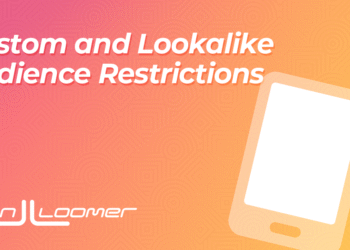No pixel required for landing page views? How is this possible?
Let’s break it down…
The New Message
When using the performance goal to maximize the number of link clicks, you may see this message:
Maximize landing page views will now work without needing to install a pixel on your website.
Let’s think about this. A landing page view is measured “when a person clicks on your ad link and then successfully loads your ad’s destination URL.” Well, that’s typically been possible with a pixel.
So, how can Meta do this without that data?
A Theory
This, from Meta’s documentation on landing page views, may be a clue:
“In some cases where events can’t be counted directly due to partial or missing data, statistical modeling may be used…”
Clearly, a situation where a pixel doesn’t load on a website would be an example of “partial or missing data.” So modeling would be required.
What might that look like? I have a theory, though it may be oversimplifying things.
Meta knows when you click on an outbound link to an external website. They might focus on time spent before returning to a Meta app. An immediate return wouldn’t be a landing page view. Everything else could be.
Of course, it doesn’t take much to load a landing page, so the percentage of landing page views vs. outbound clicks should be high anyway. But Meta can’t just blindly assume a certain percentage of outbound clicks are landing page views.
Meta could use information about the user, website, placement, and more to sort it out. For example, they may know based on a user’s connection how long it typically takes to load a page and start there.
Does it Matter?
While this provides opportunities for advertisers who are unable to add a pixel to a website (Amazon is the obvious example), I’d stop short of calling this a big deal. Whether you optimize for link clicks or landing page views, similar traffic quality issues exist.
















